|
French Guiana
French Guiana is one of France's overseas departments and is part of the European Union. France settled Hmong refugees from Laos in French Guiana in the 1950's after its withdrawal from Vietnam. A space centre was built near Kourou after France's withdrawal from Algeria to ensure a location near the equator for rocket launches. French Guiana is by far the most affluent of all of the countries in South America, where GDP per capita is $20,000. The French government directly and indirectly subsidises many aspects of the economy. Food shopping is expensive. For example, a small basket of basics cost over £40, at least twice the amount of anywhere else we've been. Just like in France, there's lots of high quality cheese, dairy products and charcuterie.
Cayenne, 21st - 24th January 2018 (3 days)
Most people in the country live in Cayenne. It is a vibrant city with French cafes, boutiques, restaurants and many colonial buildings. We rowed ashore once we had recovered from our crossing and there were vibrant festivities for carnival, which runs until February 13th (Shrove Tuesday). The temperature suddenly changed for us, it was very hot and humid day and night. It got a little oppressive at times on the boat, whether we were sitting inside or outside. It was much better going ashore for a walk or sitting in a cafe with a cold drink. We left Cayenne after a few days and sailed 30 miles northwest to Kourou, to meet our Dutch friends, Rowan and Karina. We met them back in November in Tenerife and stayed in touch. They sail a similar boat to ours, a Hustler 35 called 'Kaya'.
Kourou, 24th January - 27th January 2018 (3 days)
Kourou was an interesting town, much more modern and industrial than Cayenne. Everyone was really friendly, always saying hello as you passed. It took us by surprise a little bit as some of the previous places we'd been people ignored you on the street and avoided eye contact. Here, people look right at you with a friendly smile and say hello. We cleared in at Kourou; finding the customs office was tricky. So few people sail to French Guiana, that when we went to find the customs offices (there are three in French Guiana), we tracked our route and took a screenshot for any fellow sailors who wish to come here (see below). There is no clear address online or website to guide you. We walked the three miles from the marina. We noticed that everyone cycles in Kourou, it reminded me of Barcelona. We went to the beach on one of the days and saw many different types of animals. In the water there were 'bubble eye fish', fish with bulbous eyes that run along the surface of the water when they need to flee. There were also vultures eating catfish carcasses. Kourou has the Guiana Space Center, launch site of the European Space Agency. On 25th January we watched the Ariane 5 rocket launch from the beach with Rowan, Karina and their friend Sarah. Ariane 5 was carrying two communications satellites with payloads to serve commercial and scientific missions. We were maybe less than a mile from where the rocket launched and when it did, the view was stunning, lighting up the dark sky. Then about half a minute later the roar of the rocket taking off caught up with us on the beach. Everyone was cheering! Two days later, the four of us sailed to the Iles du Salut, three small volcanic islands seven miles offshore.
Iles du Salut, 27th January - 2nd February 2018 (6 days)
In English, these islands are known as the Salvation Islands. They were used as a penal colony for 80,000 French prisoners, from 1852 to 1949. Prisoners were sent there from the French mainland by Emperor Napolean III and subsequent French governments. The original roads and buildings were produced using prison labour. Two of the three islands, Iles Royale and Saint Joseph have prisoner-built swimming pools in the sea. The book and film, 'Papillon' is based on and has detailed descriptions of the Iles du Salut. On the islands, there are paths next to crashing waves, with huge overgrown coconut palms leaning over, swaying in the fresh breeze. It was a few degrees cooler here than on the mainland. There are no people living on these islands, so animals are free to eat as many coconuts as they please. On our 2.6km circuit around the island we saw wild chickens, agoutis (a species of rodent), iguanas, capuchin monkeys, spider monkeys, leatherback turtles, mango trees, colonial style buildings and beautiful flower bushes. There is also a huge infrared camera at the Centre Spatial Guyanais on Ile Royale, which is used to evacuate the islands when there is an eastward launch from the Space Center in Kourou. Anchoring is not permitted during rocket launches for safety reasons.
Maroni River, 2nd - 5th February 2018 (3 days)
We set sail for the Maroni River, which is roughly 100nm northwest. We followed advice from the officers at customs that we should sail at least 10nm offshore before cruising anywhere along the coast of French Guiana, as much of the coast is uncharted. We sailed to windward, this was only our third time. We're growing to enjoy it very much, it's a completely different feeling. On this trip, we were sailing with the current and we were doing 10.0 knots at times!
We arrived at the Maroni River at lunchtime and sailed for a few more hours until we reached the first creek, Crique Coswine. Sailing down the jungle river was spectacular, with so many different types of trees and vegetation. After we anchored in Crique Coswine we had a drink with Rowan and Karina. We went to bed early because we hadn't slept much the night before when we were sailing. On longer passages it is much easier to settle into a routine, compared to one night and day's worth of sailing, you hardly sleep. There was a collection of small huts just beyond the riverbank. Mattis and I went to have a look up there the next morning, but they all seemed to be empty. It was a little eerie, but it was still great to see the wooden houses and outdoor spaces for cooking and eating. We headed back after a while and waited for the tide to turn.
Crique Coswine to Crique des Vaches, 3rd February 2018 It was half a day's wonderful cruising with no problems according to the pilot book, so we thought we'd be in Saint Laurent by nightfall. Exploring the creeks in the jungle is something we'll never forget. Keeping an eye on our depth, which ranged between 8 and 20 metres, we were taking every moment in as we slowly meandered around the bends. Then we ran aground half way through Crique Coswine. The depth suddenly dropped from 8 metres to 4 metres; I started calling for Mattis at this point. Then it dropped suddenly to less then 2 metres. We were only motoring between 2-3 knots. We quickly slowed the boat down and ran aground gently. We reversed out successfully and radioed 'Kaya' to let them know. We attempted to cross the bar in two other places across the width of the river, but again ran aground. With the tide turning in a couple of hours, we decided to anchor and continue to Saint Laurent then. 'Kaya' decided to turn back and head to Saint Laurent via the main river. Kaya draws 30cm more water than Jingo, so it was understandable as they didn't know what lay ahead in the narrowing creeks. In the meantime, Mattis and I watched Season 7 of Game of Thrones. It was so surreal watching it in the jungle with noises all around us. We never thought we'd ever be doing that in South America... After two and a half hours we motored over the bar with plenty of water. We had a few hairy moments not long after. In the narrowing creek we began weaving though fallen logs and trees growing out of the water. It was incredibly exciting, but nerve wracking too. We wondered when we'd next be aground. Nightfall was fast approaching, and we knew we weren't going to make it to Saint Laurent before dark. We didn't want to attempt it in the dark as we had no idea what trees could be floating in the water. We anchored and admired the stars in the black skies once again. We woke at 0600 to catch the tide upriver. Mattis could hear a loud roaring noise coming from the jungle. It was almost sweeping right through the trees and then it suddenly stopped. Scenes from 'Lost' came to mind straight away. They were actually howler monkeys. We raised our anchor and motored the last 8 miles to Saint Laurent. We arrived at 0800 and tied onto one of the twenty mooring buoys in the marina. We rowed ashore and as we were tying up our dinghy a man came to greet us. It was David, the owner of the marina. We've never had such a friendly welcome. David gave us hints and tips on Saint Laurent, Suriname, and sailing up to the Caribbean. He is a fellow sailor and has so much experience, gained over the years. He opened Saint Laurent Marina three years ago. Before that, in 2013, he started the Neireid's Rally from Trinidad to Saint Laurent. Below are links to Dave's websites for Marina Saint Laurent du Maroni and Nereid's Rally: Marina Saint Laurent du Maroni The Nereid's Rally I searched the internet to find out how many people sail to French Guiana each year and couldn't get an answer. We've seen so few boats during our time here, around 10 other yachts. French Guiana just isn't known as one of the cruising destinations, which is such a shame. With incredible jungles and rivers to explore, it is completely different from your typical white sand beaches and crystal clear blue waters.
Once all of our ships' papers were checked by Dave, we went to a 'carbet'. A carbet is a shelter without walls, typical of the Amerindian cultures. Carbets are found in French Guiana, Brasil, Suriname, Guyana and some of the Caribbean islands. They are usually designed to easily attach hammocks. The advantages of the carbet include: cheap to build, lower the temperature due to their large surface of shade and provide protection from rain.
Our plan was to pick up food from the supermarket to take with us and hike the 6 miles there. The instructions on the website were a little vague. With help from Dave on how to get there, we eventually figured out it was actually 15 miles into the forest or an 8 hour walk. Sweltering heat was on its way with the midday sun and there weren't going to be pavements for much of the way there, so Dave and his dog Scruffy kindly drove us into the forest. Carbet, 4th-5th February 2018 The carbet looked like a retreat, a collection of wooden houses deep in the green, luscious forest. But it was actually a couple's home, Claudine and Arnaud from mainland France. All of the fruits and vegetables were grown in the surrounding area, with no chemicals or pesticides. Claudine and Arnaud walked us to the creek, only 2 minutes away and we quickly plunged into the fresh cool (clear!) water. We spent the rest of the afternoon going for walks around the forest, back into the creek for more dips and then had a barbecue in the evening. The next morning, Arnaud drove us back to Saint Laurent. We could have easily stayed at the carbet for a week or more. It seems like a perfect life, living within your means, looking after your environment and eating what you grow yourself. We hope to have something like this one day. Here's a link to our carbet and other carbets: Escapade Carbet
Below is a map of our time in French Guiana...
Saint Laurent, 5th-6th February 2018 Socialising at the marina, Mattis and I were one of three young couples. Myself, Karina and another lady called Audrey were first time sailors who started sailing when we met our partners. It has been great talking to each other, learning from each others' experiences and how our partners have been able to teach or sometimes cope with teaching us :)
Paramaribo, Suriname, 6th-8th February 2018 (2 days)
Saint Laurent sits on the border between French Guiana and Suriname. Mattis and I wanted to save a little time by getting a 'pirogue', a small boat ferry, to Suriname and a taxi to the capital Paramaribo, one and half hours away. We were thinking about sailing there, but that would have meant sailing down the river, getting offshore and doing a loop back on ourselves to visit Paramaribo for a couple of days. Sadly, we don't have much time left before we need to be in the Caribbean. We stayed in Paramaribo for two nights. Suriname is so ethnically and religiously diverse. The major ethnic groups include East Indian (27%), Maroon (22%), Creole (16%), Javanese (14%), Mixed (13%) and Others (8%). The official language is Dutch. The food in Suriname was divine. The cultural diversity and influences have truly made Surinamese cuisine varied. It is a mix of Amerindian, Dutch, East Indian, African, Chinese, Indonesian, Jewish, Muslim, and Hindu to name a few. People of all cultures and religions live together here peacefully. Synagogues, mosques and other religious temples sit next to each other. Pom, a pie of Portuguese-Jewish origin, is one of the most famous and distinctive dishes in Suriname. While potatoes don't grow very well in Suriname, Pom makes good use of its own root vegetable, know as tayer or pomtayer. This is combined with chicken citrus juice and then backed in the oven. The tayer is an indigenous plant in Suriname, and the popularity of Pom means it has also become a dish that is common in many parts of the Netheralands too. Bojo is a Surinamese cake make from cassava flour with coconut milk, raisins, vanilla extraxt and cinnamon. From the small snapshot we've seen of Suriname, it is well worth visiting. Only a few hundred boats venture here each year. And it is cheap here too, definitely much cheaper than French Guiana. You can easily buy large portions of food in a cafe or restaurant for £3-£4 and drinks for around £2. An expensive cocktail would be about £4. On the third day in Paramaribo, we got our taxi back to Albina, where we took our pirogue to Saint Laurent. We'll spend two more days there, buy provisions, do our laundry and get ready to sail again. On our way back down the Maroni River, we hope to stop at an Amerindian village for a night before sailing to Trinidad and Tobago...
2 Comments
|
Archives
November 2021
|
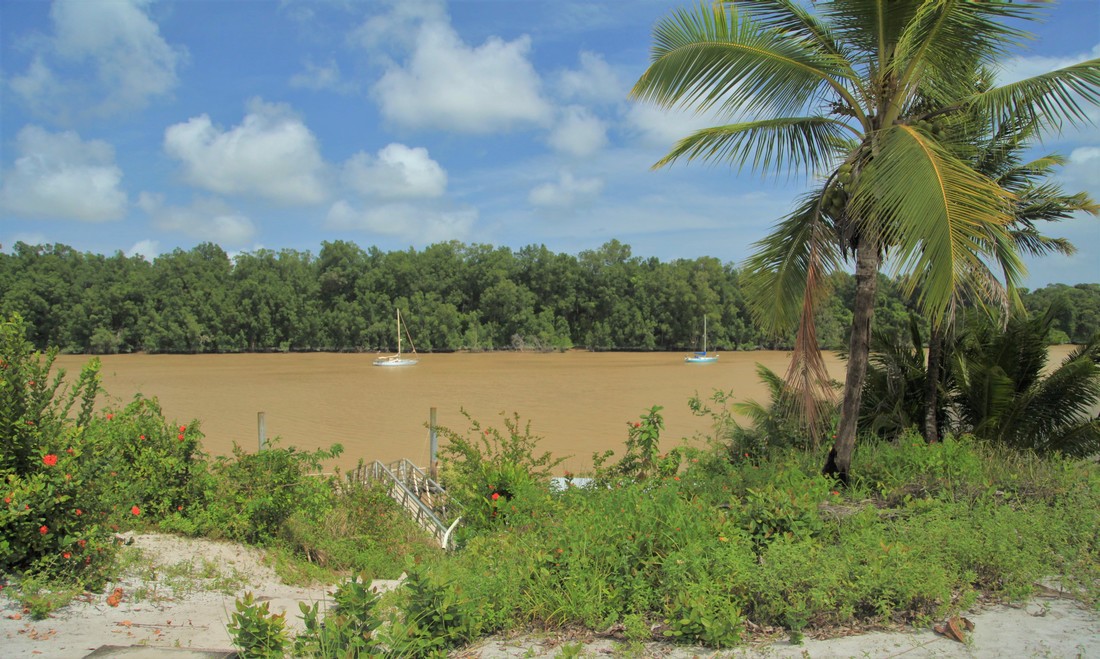
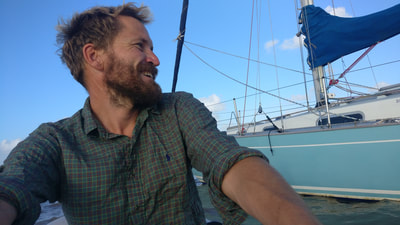
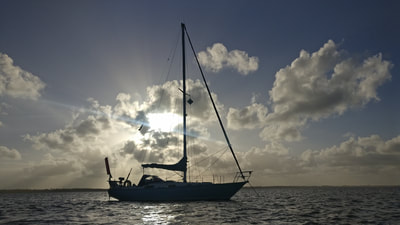
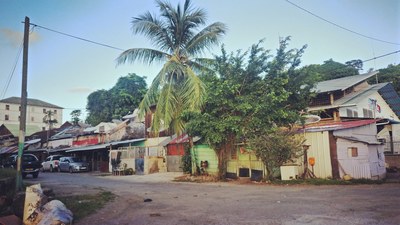
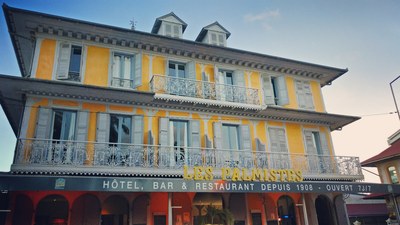
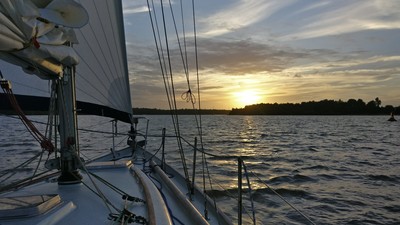
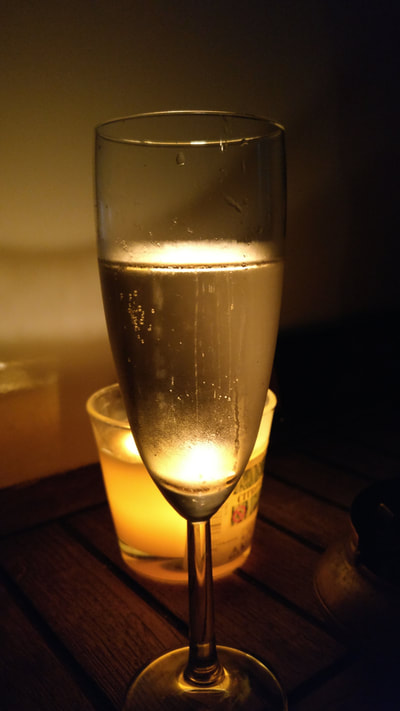
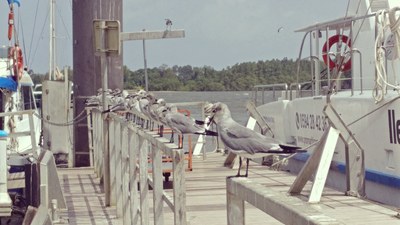
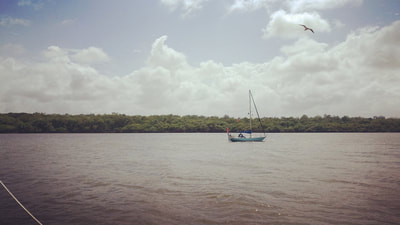
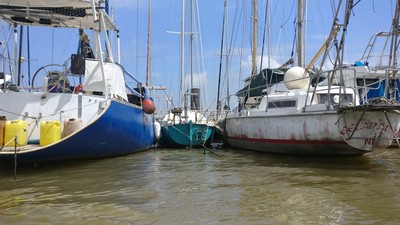
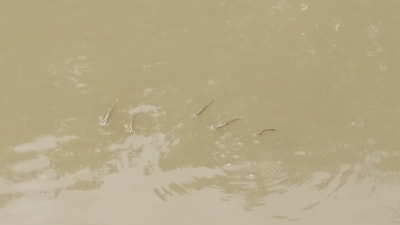
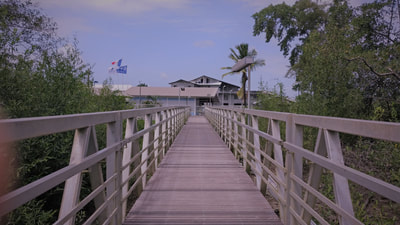
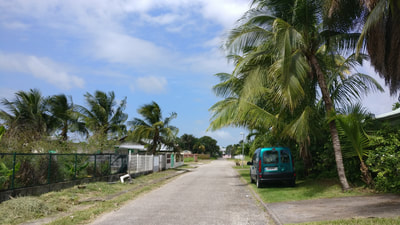
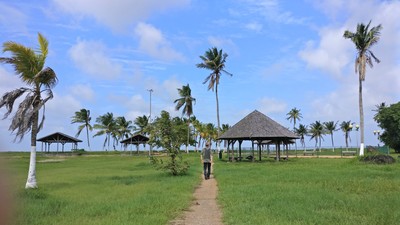
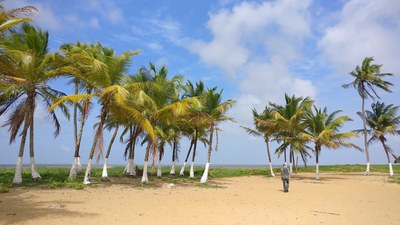
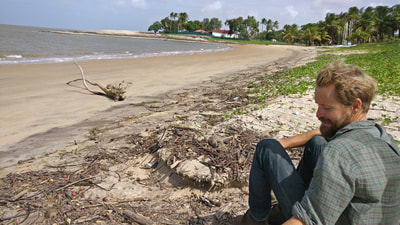
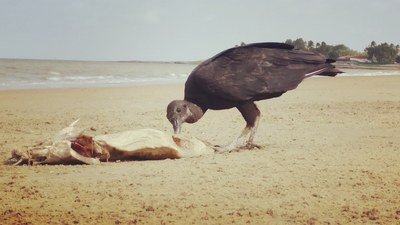

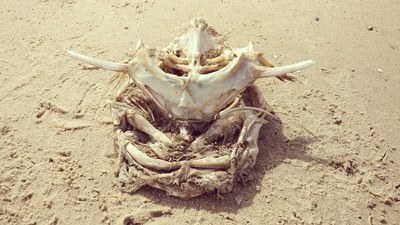
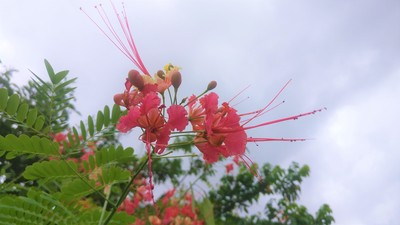
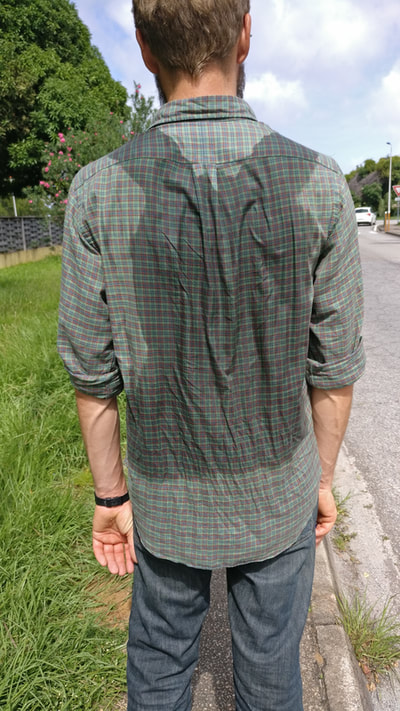
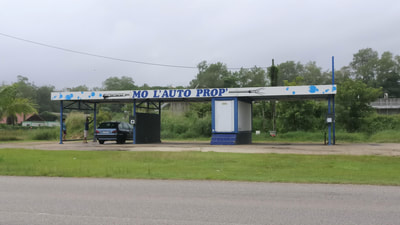
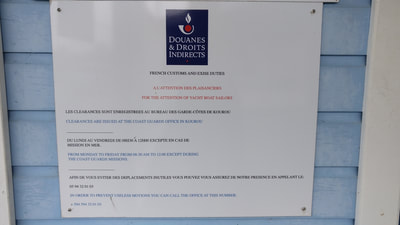

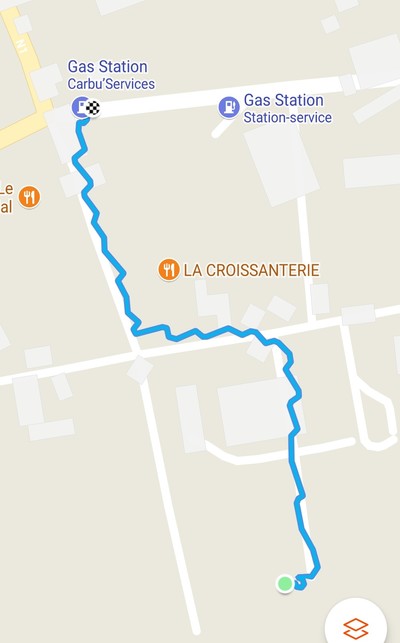
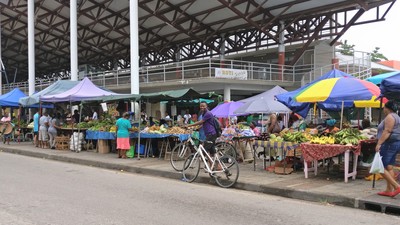
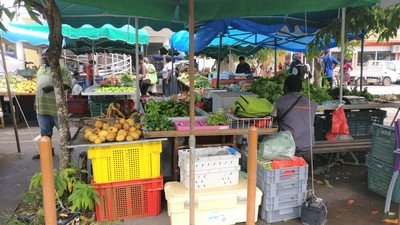

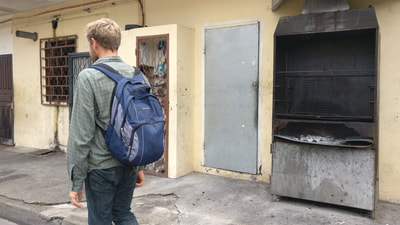
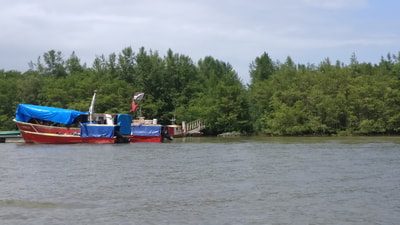
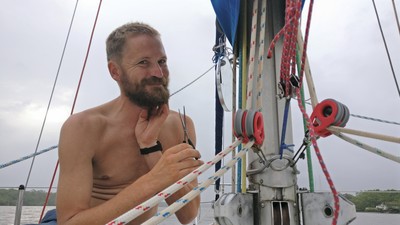
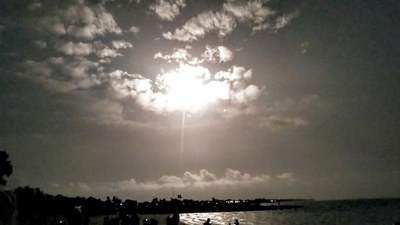
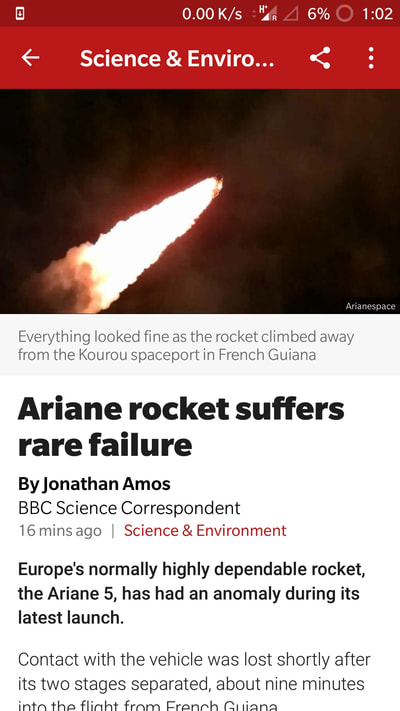
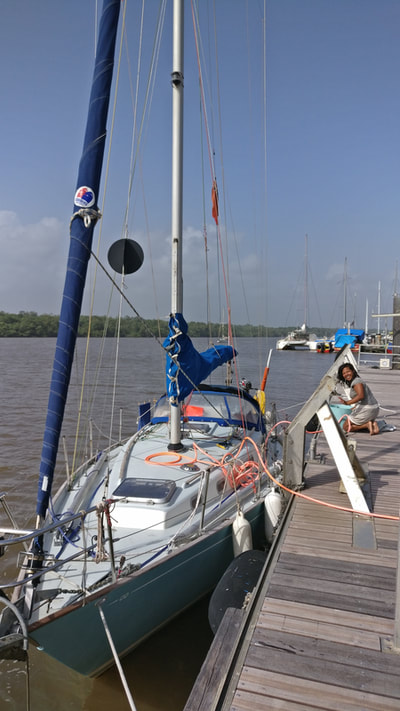
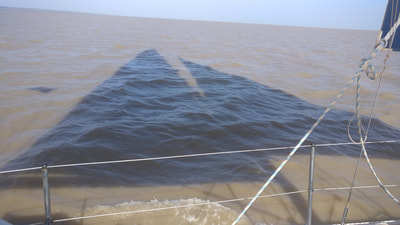
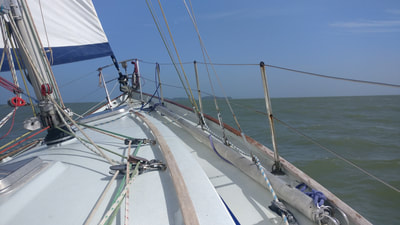
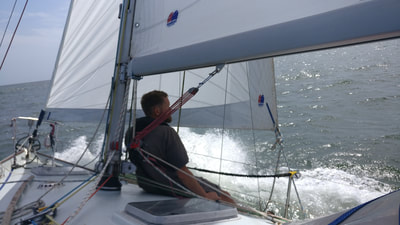

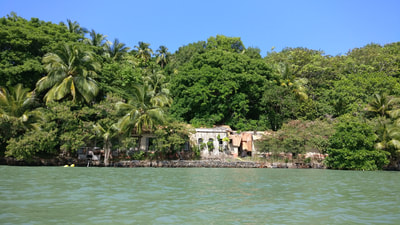
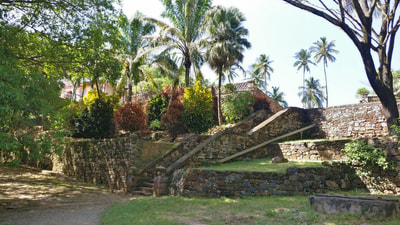
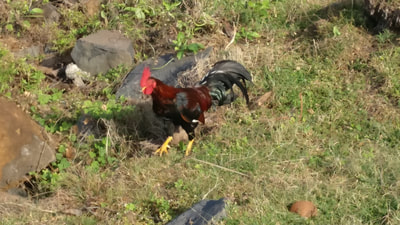
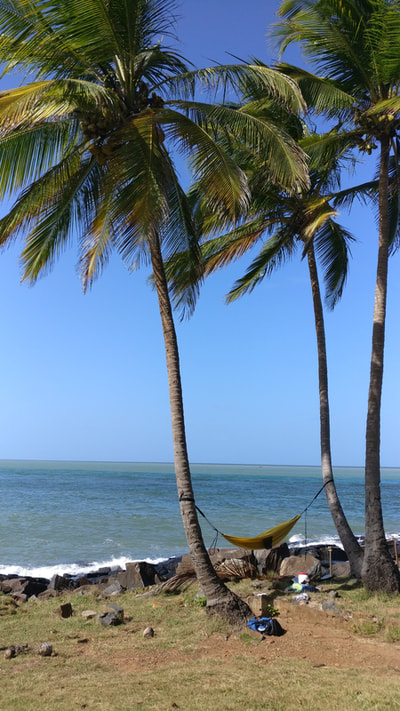
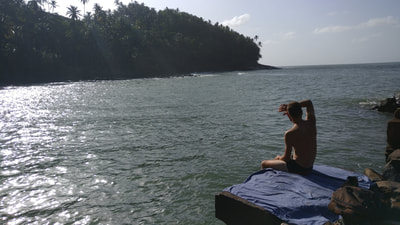
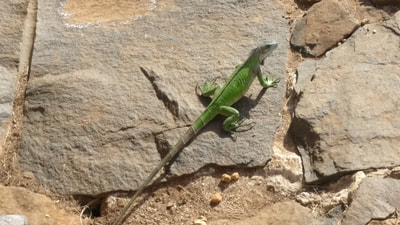
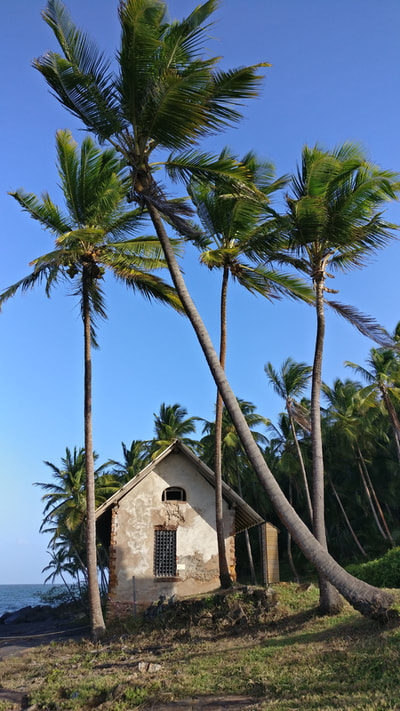
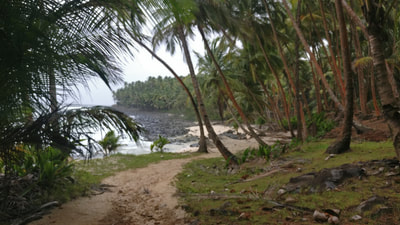
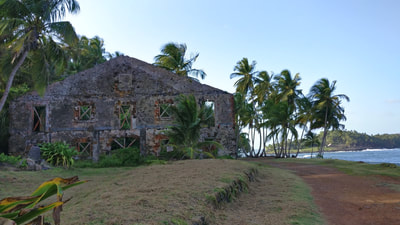
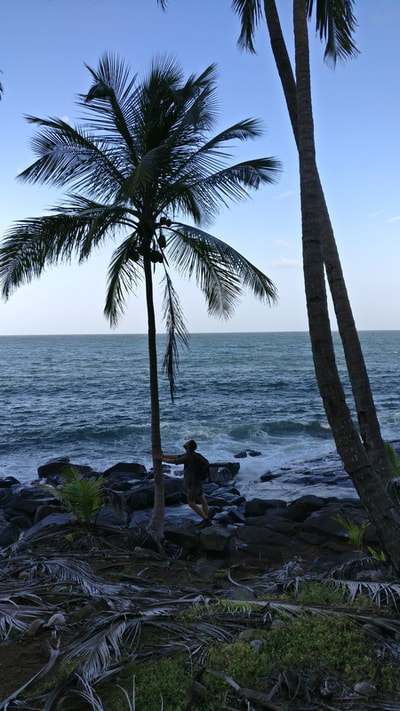
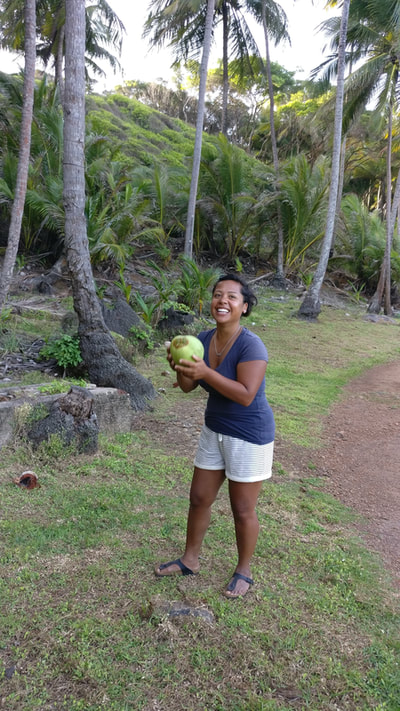
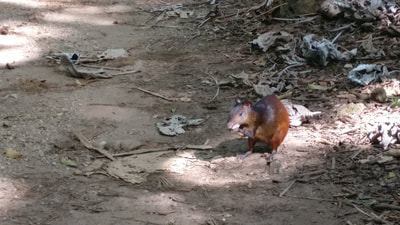
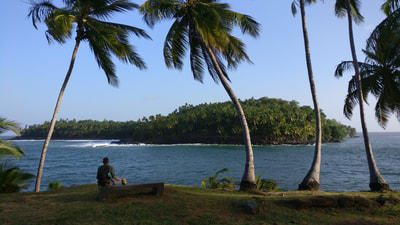
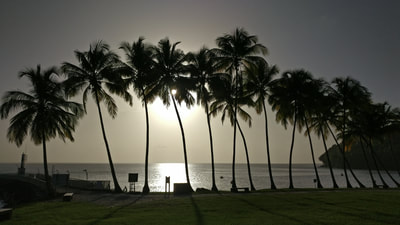
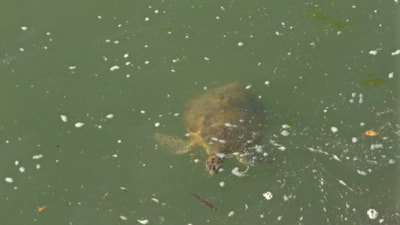
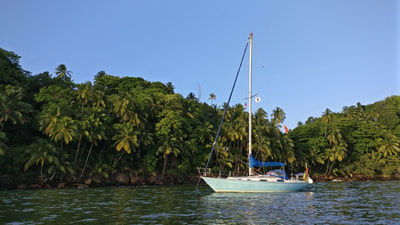
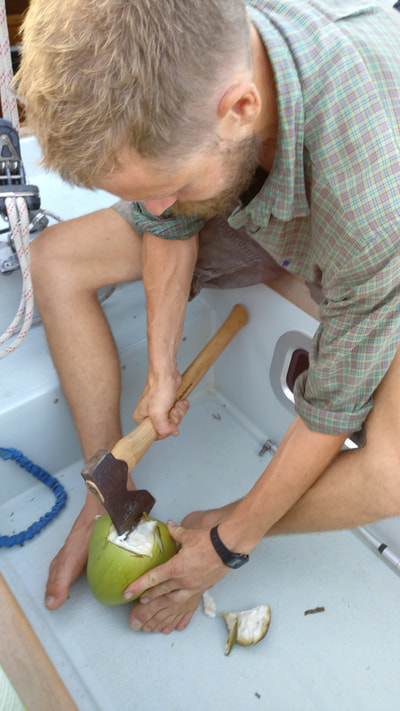
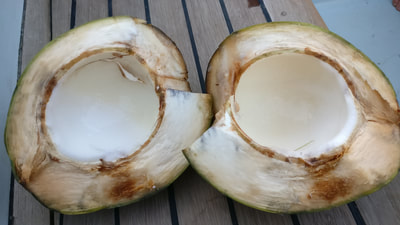
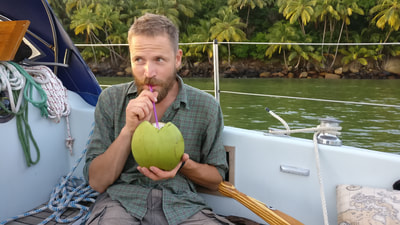
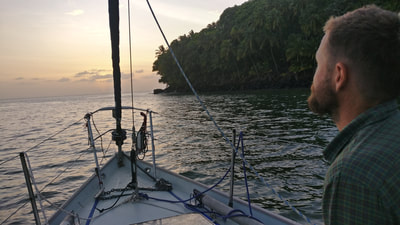
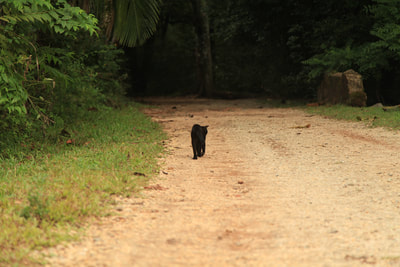
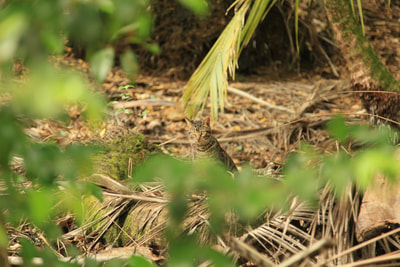
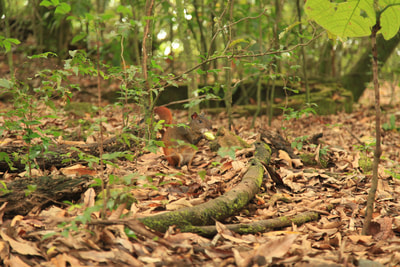
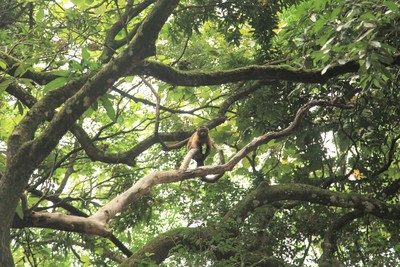
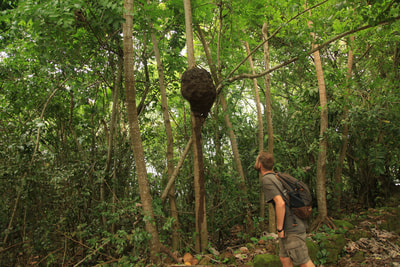
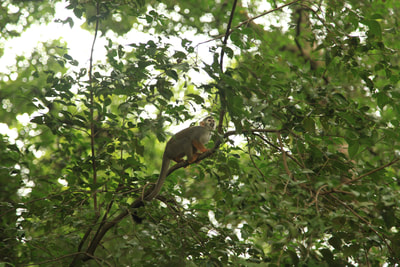
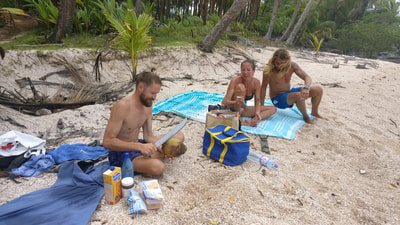
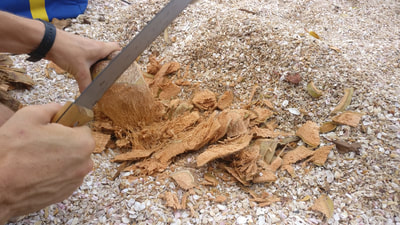
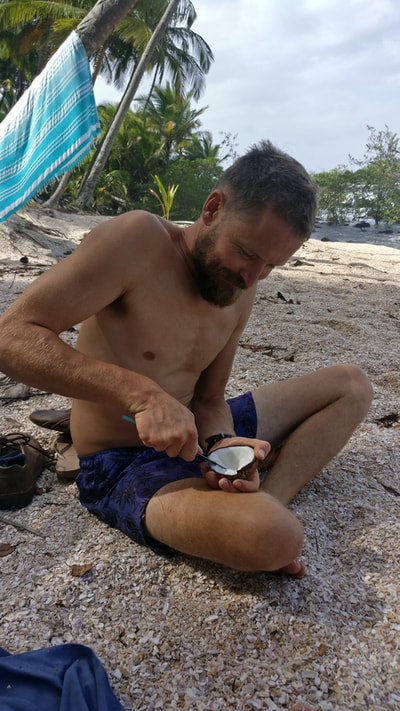
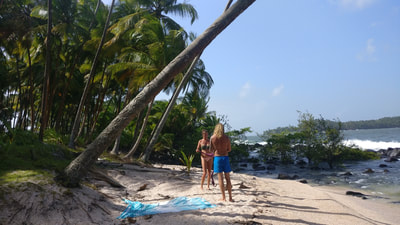
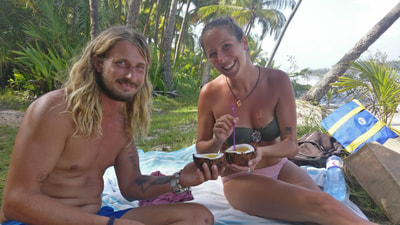



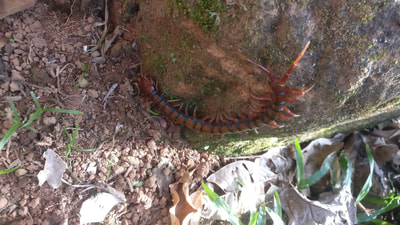
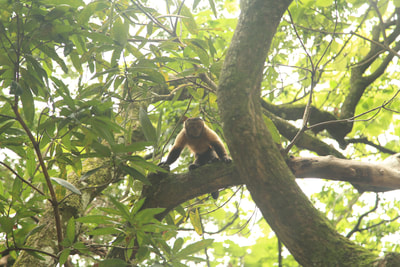
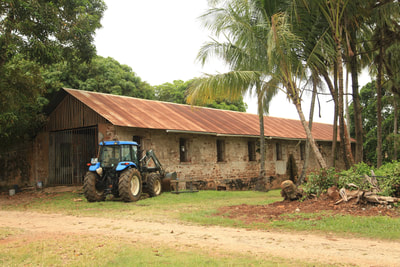
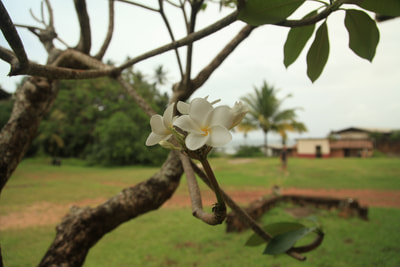
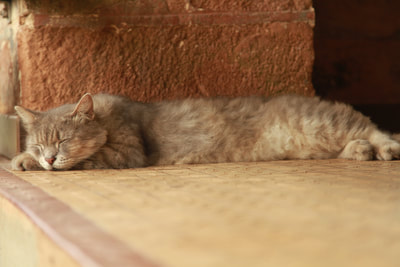
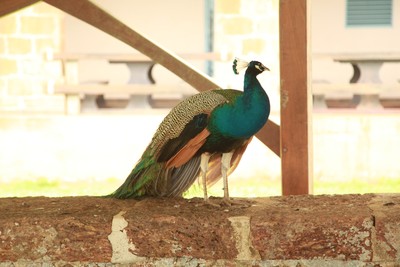
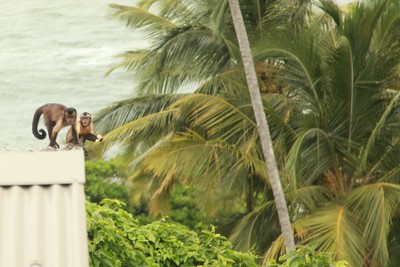
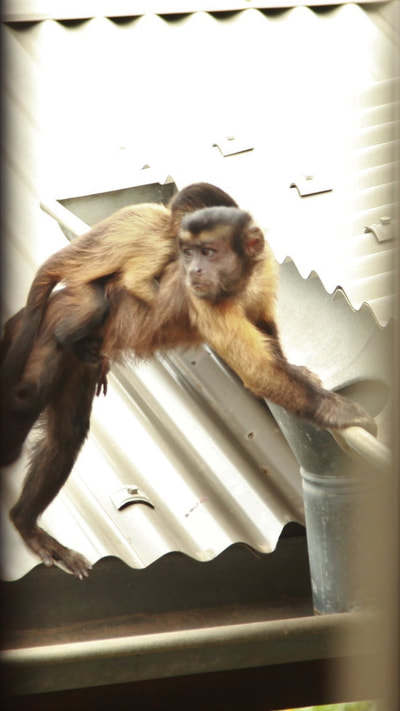
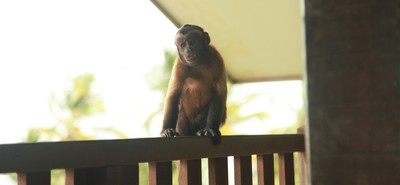
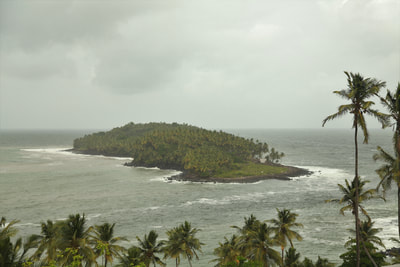
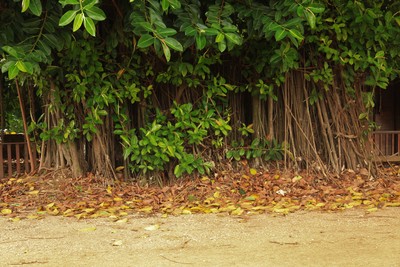
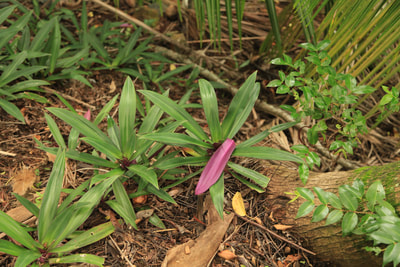
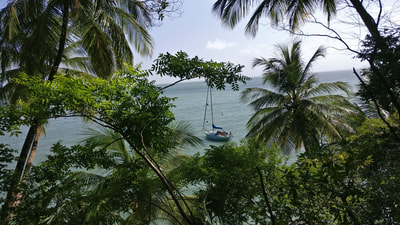
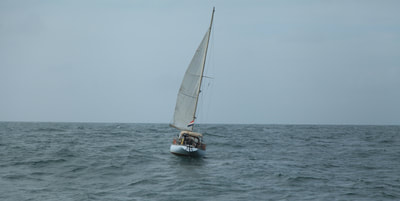
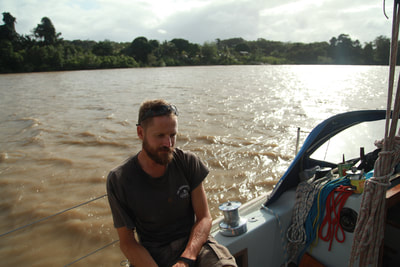
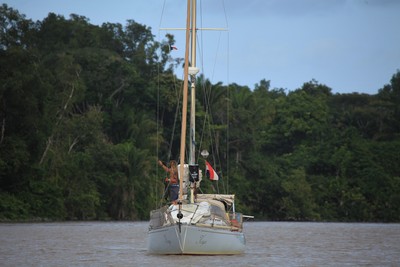
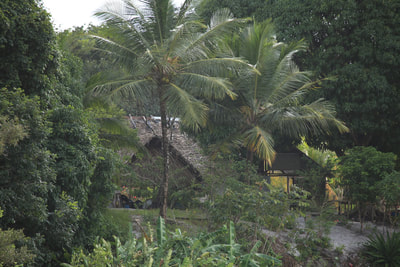
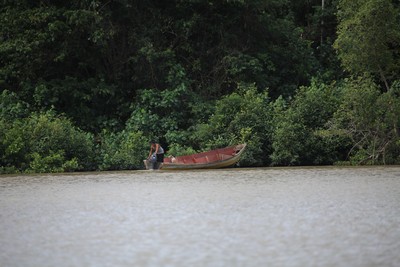
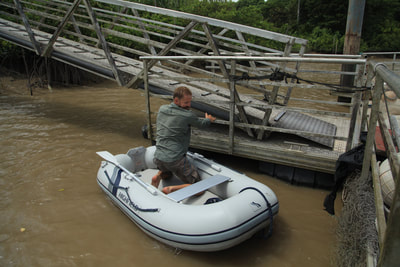
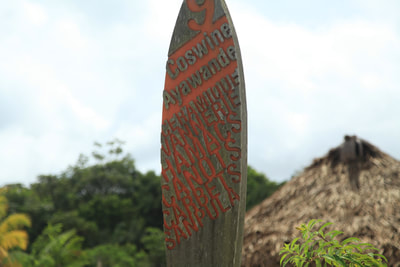
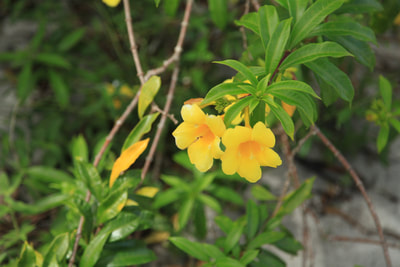
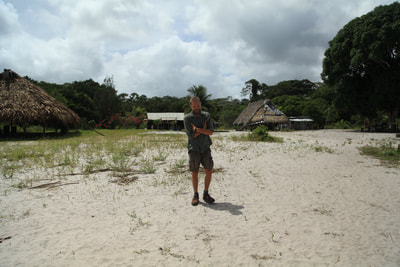
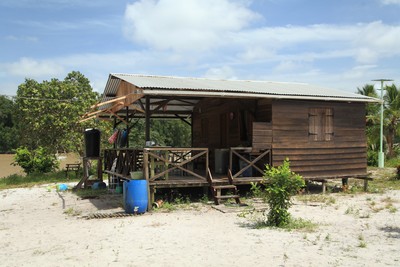
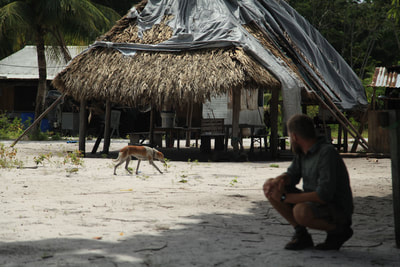
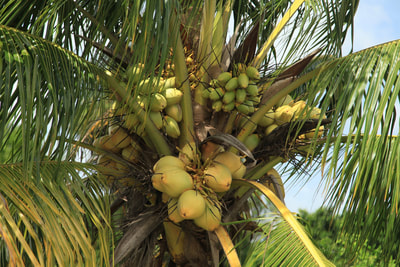
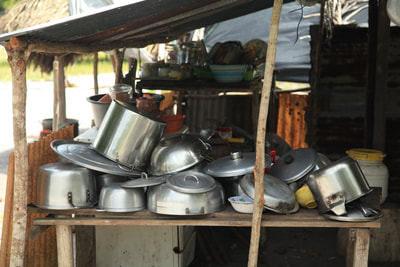
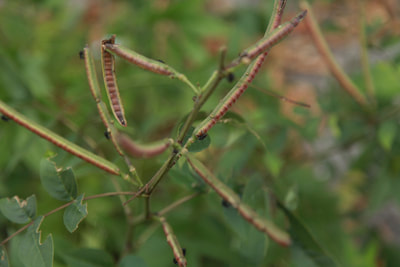
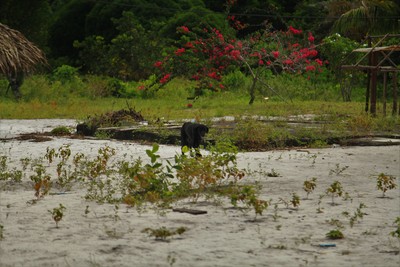
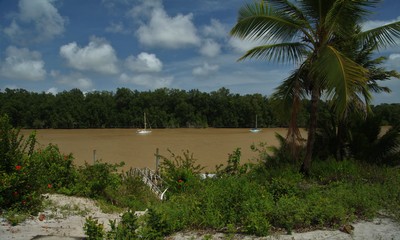
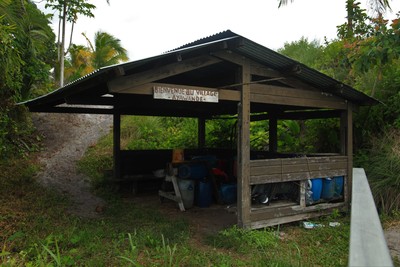
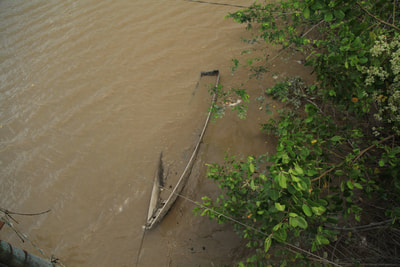
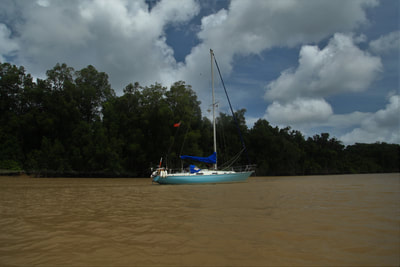
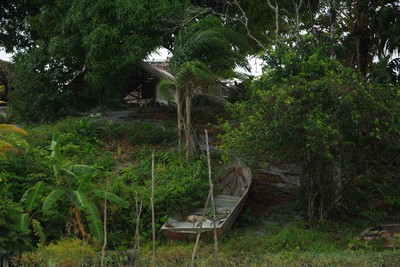
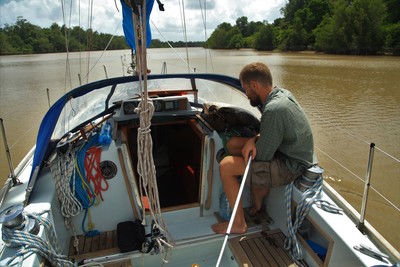
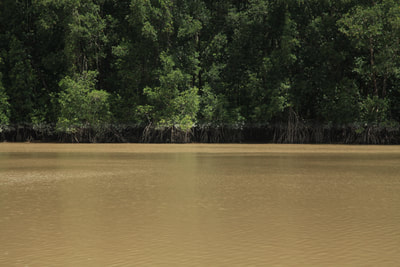
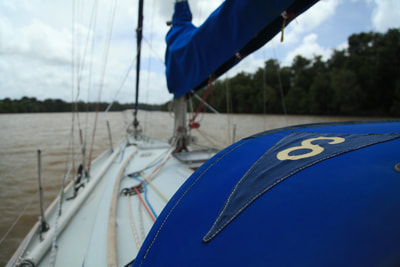
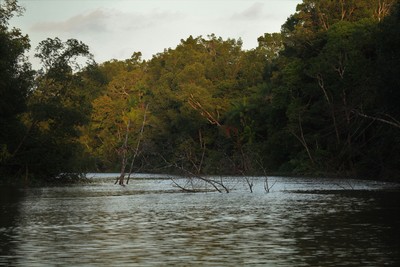
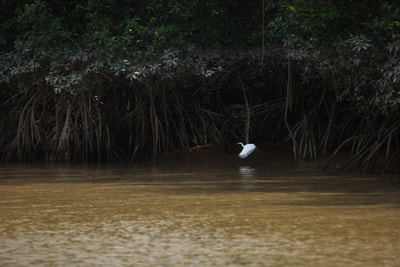
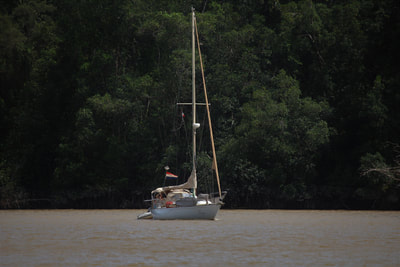
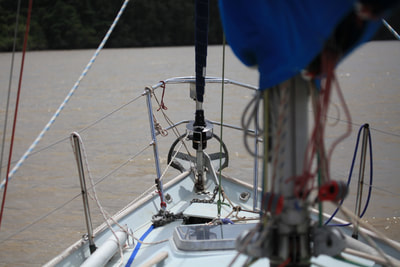
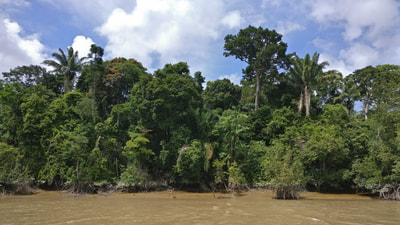
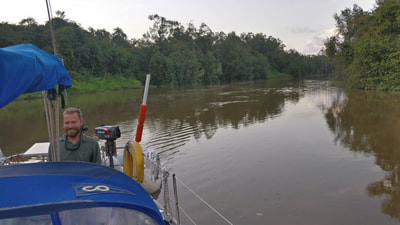
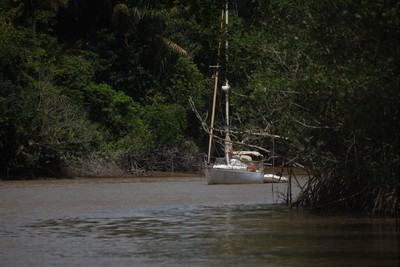
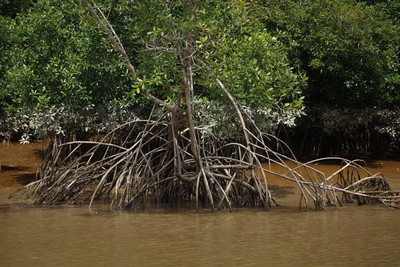
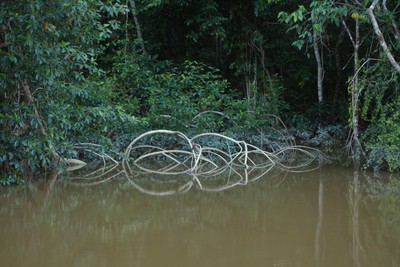
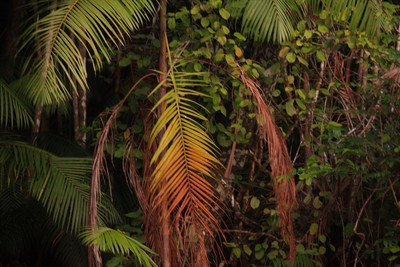
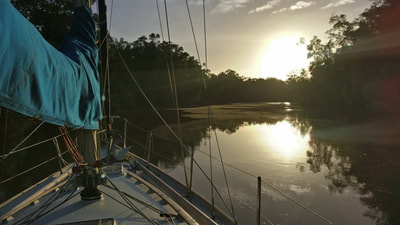
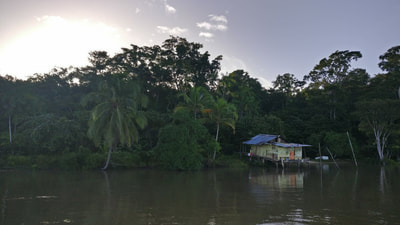
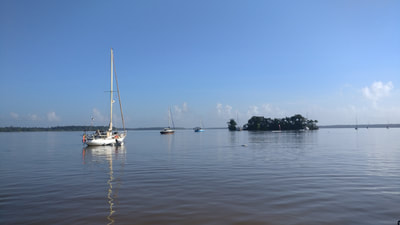
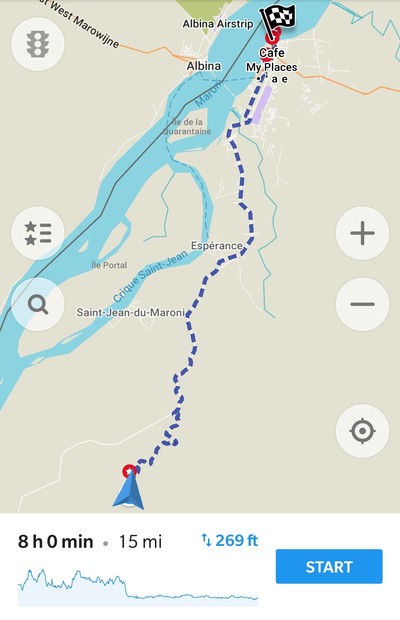
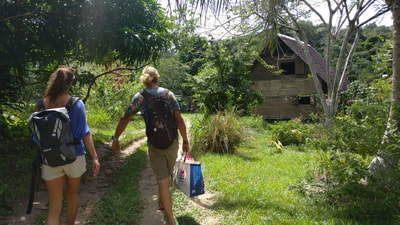
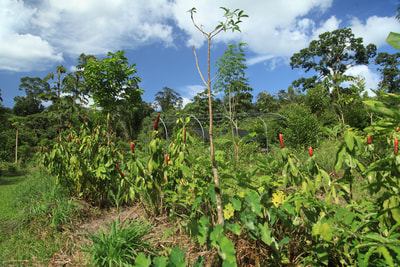
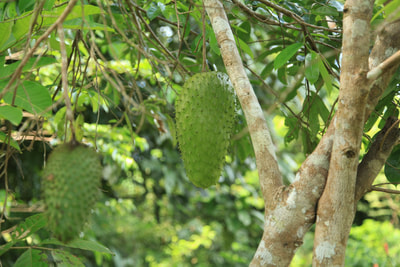
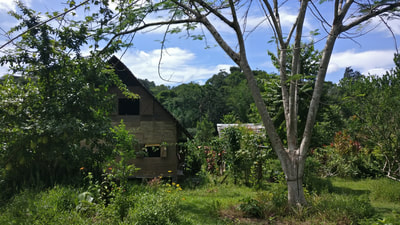
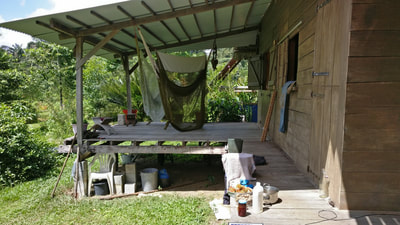
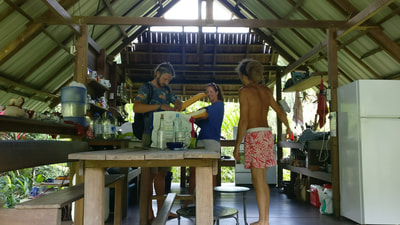
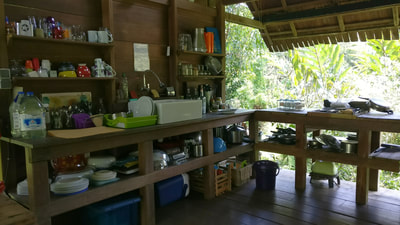
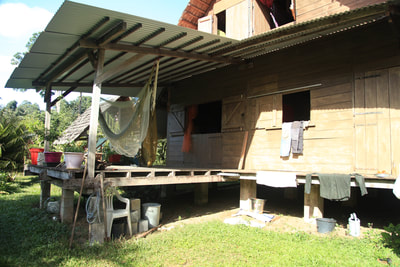
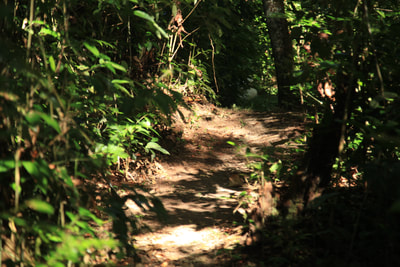
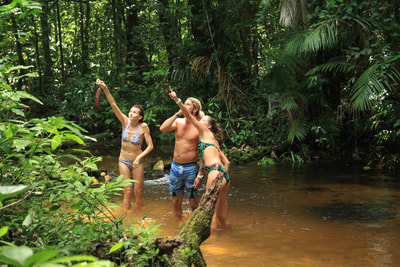
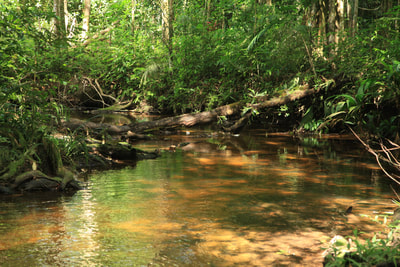
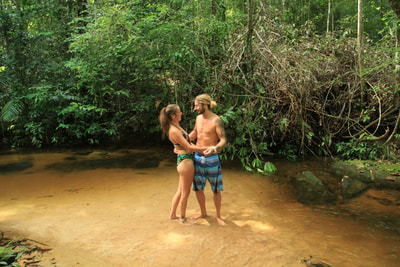
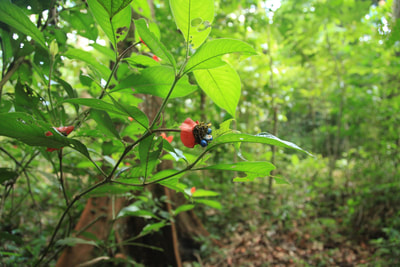
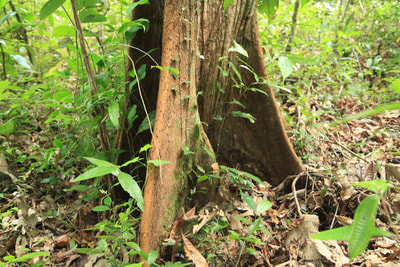
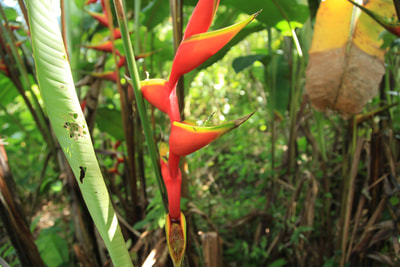
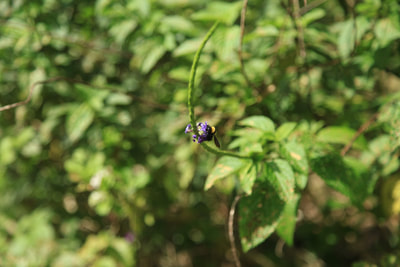
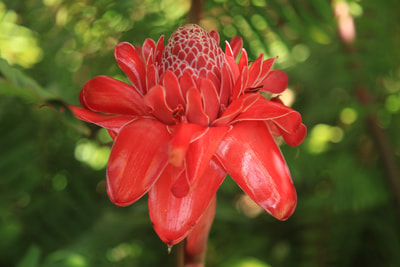
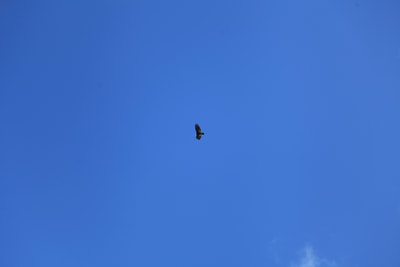
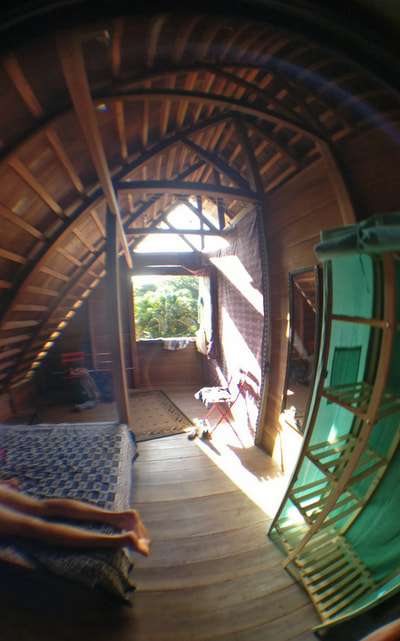
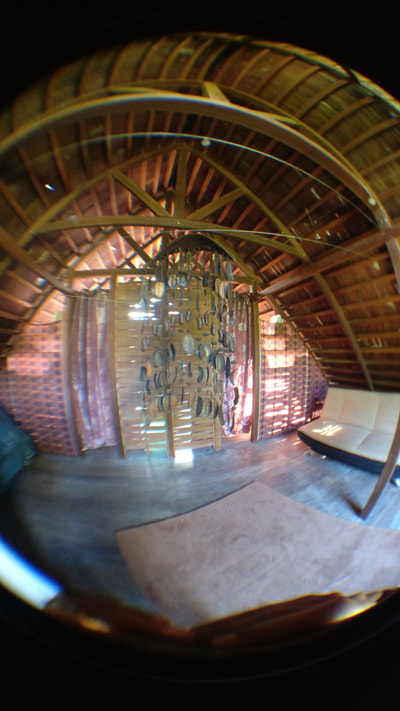
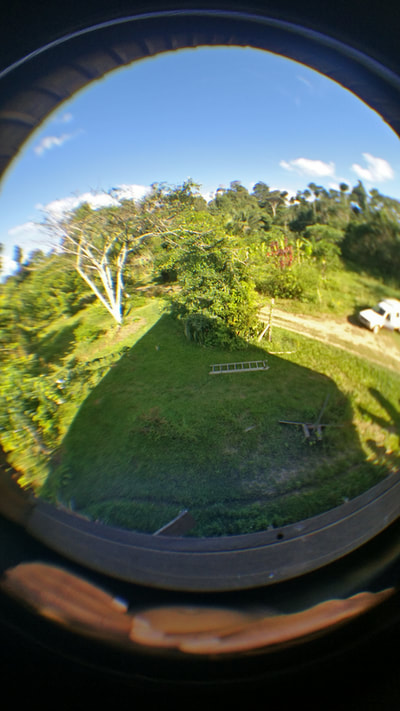
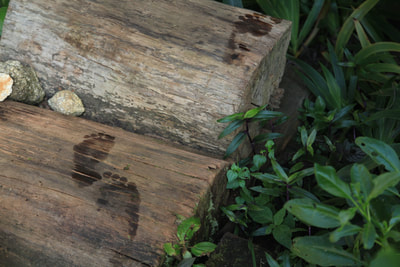
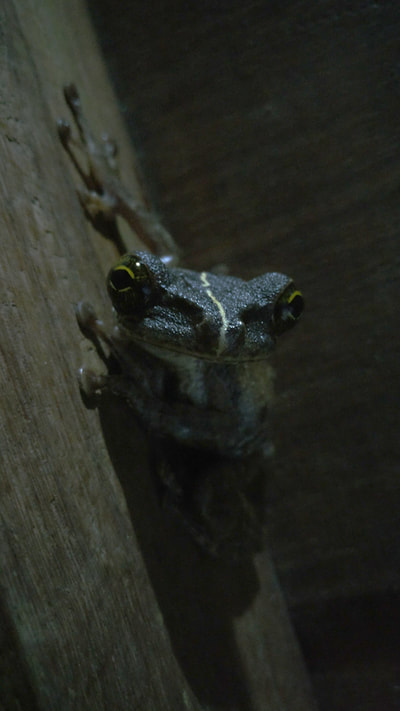
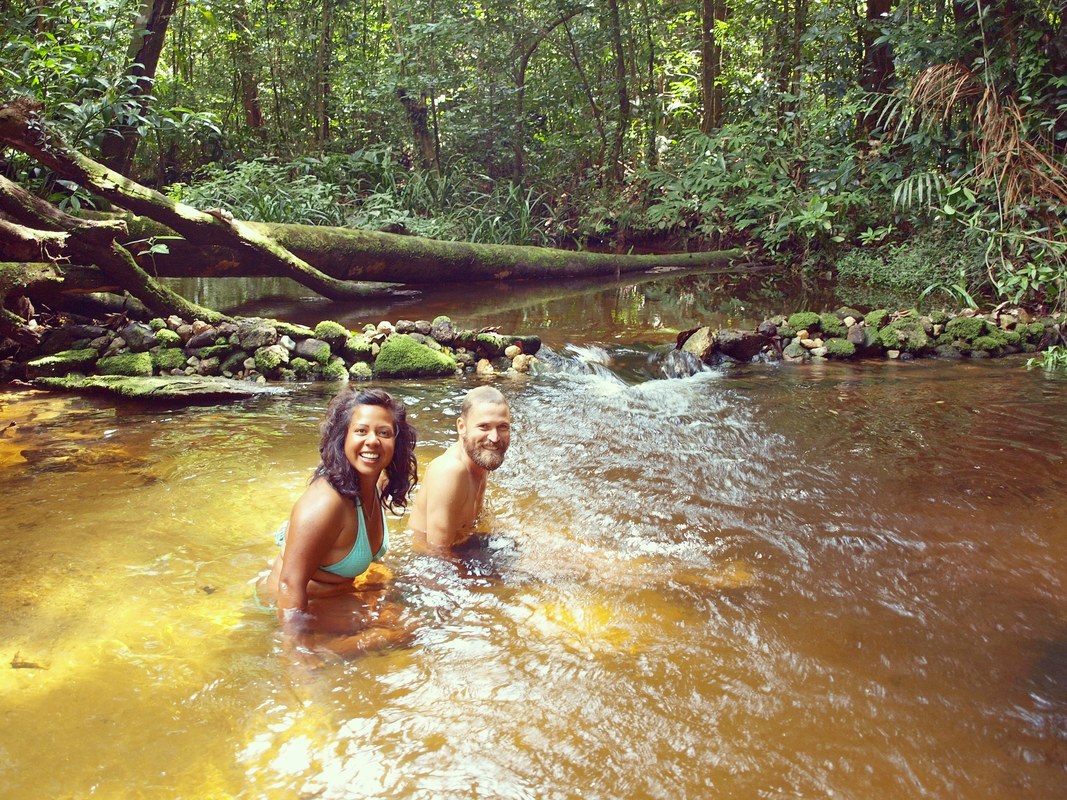
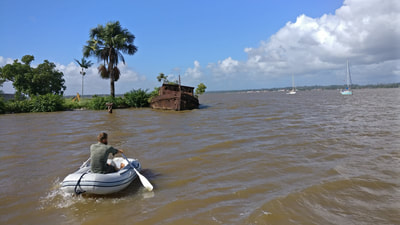
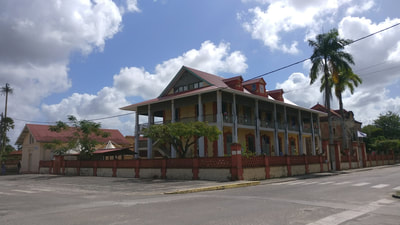
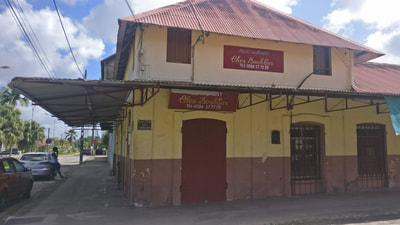
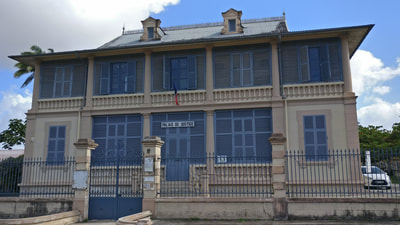
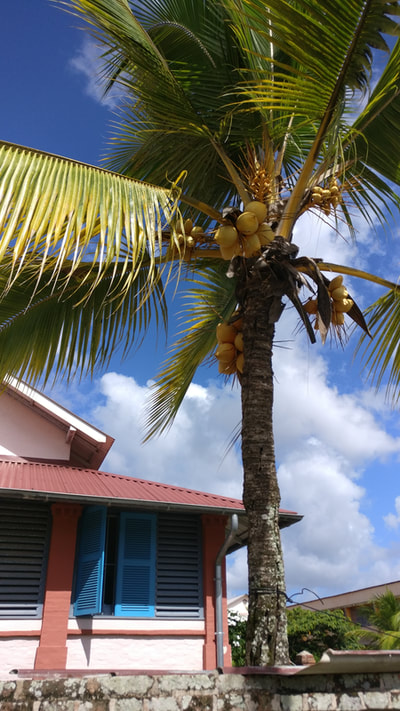
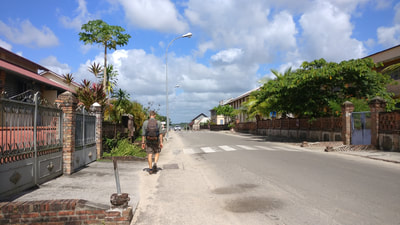
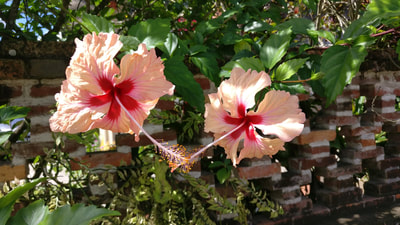
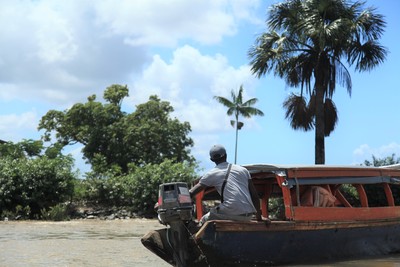
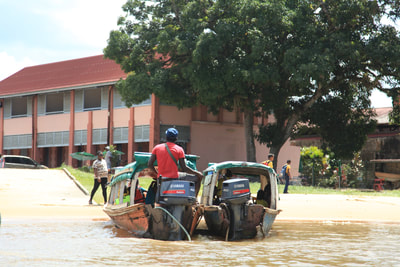
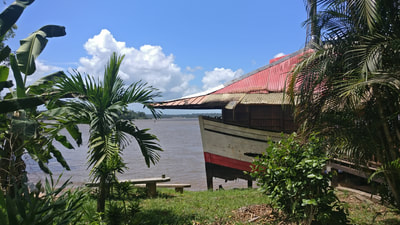
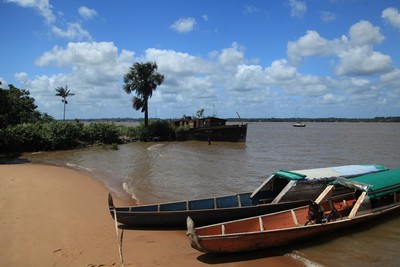
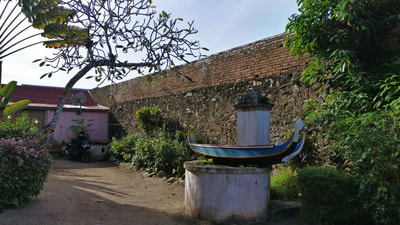
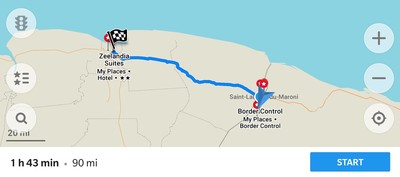
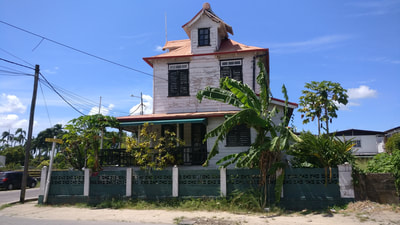
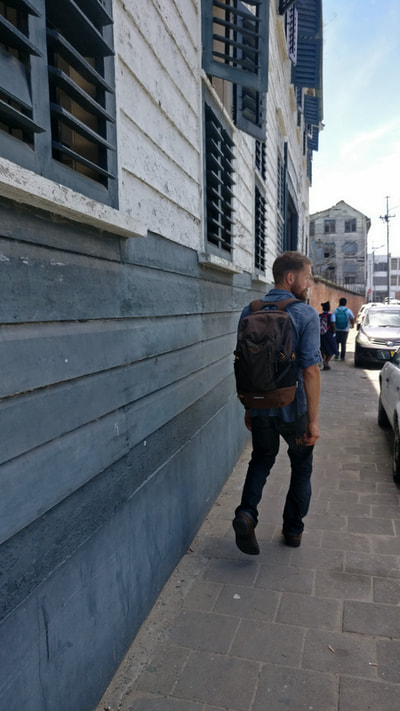
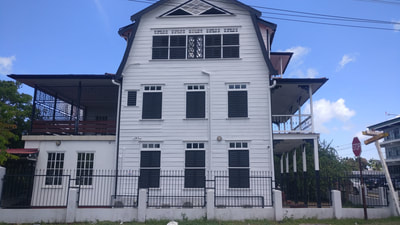
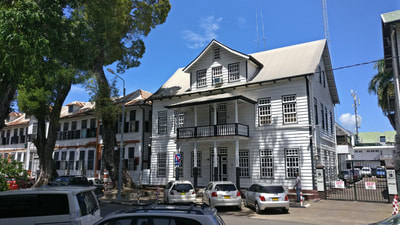
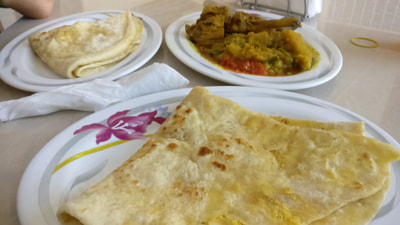
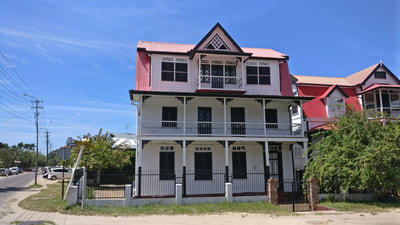
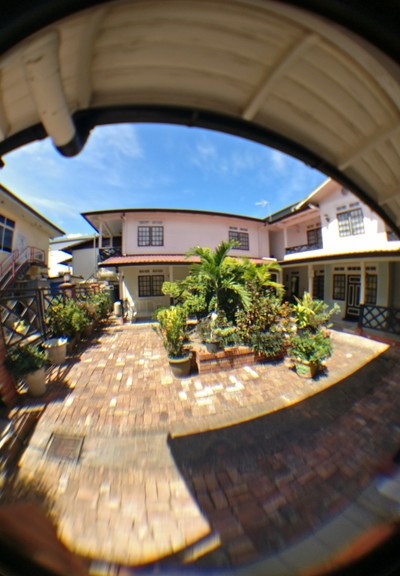
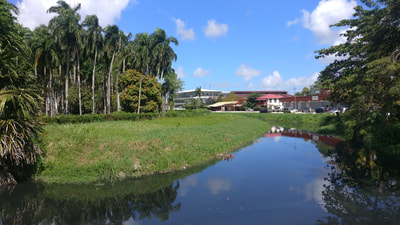
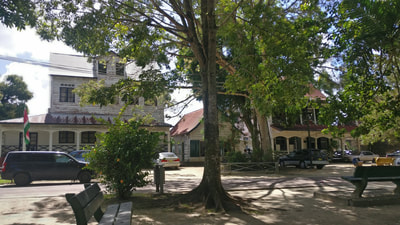
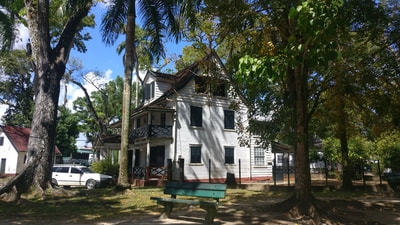
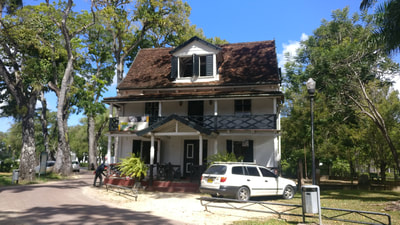
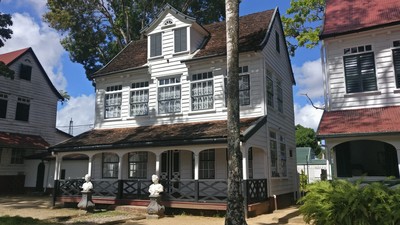
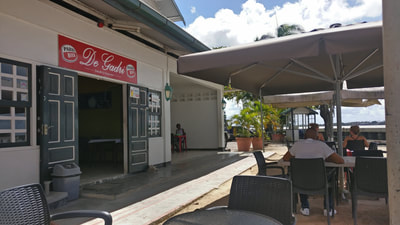
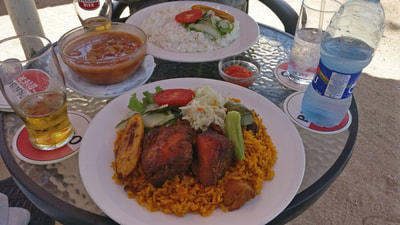
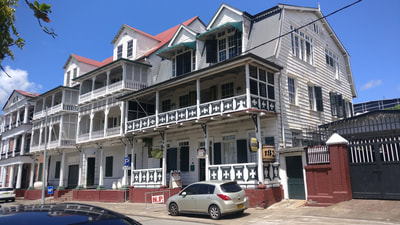
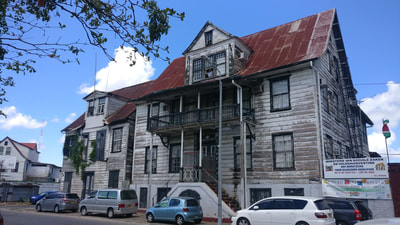
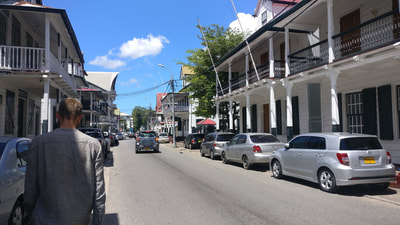
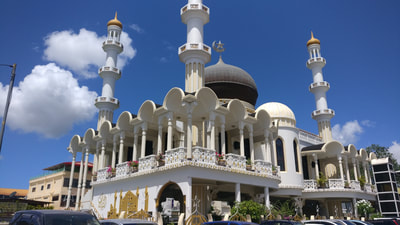
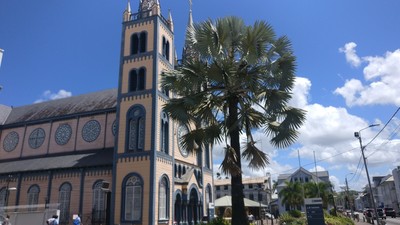
 RSS Feed
RSS Feed